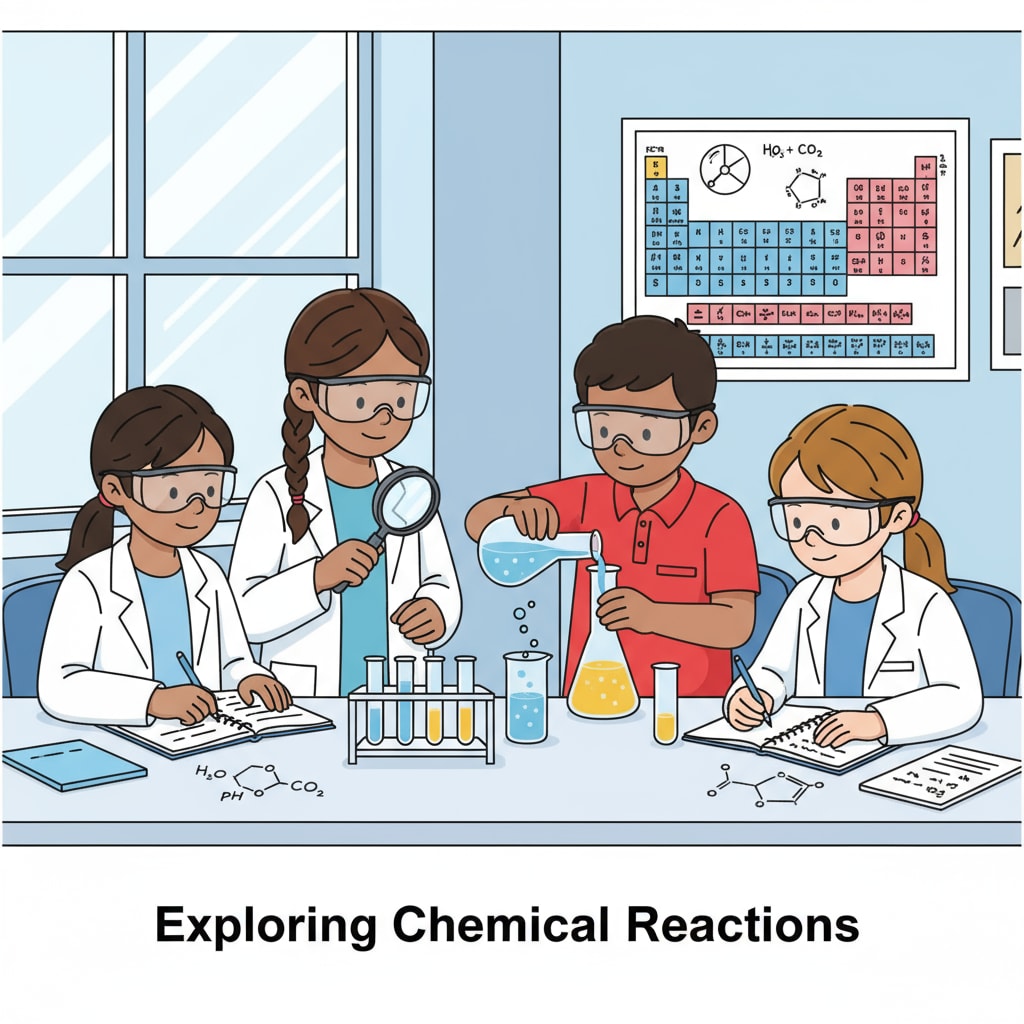Chemistry, Degrees, and Career Planning play a crucial role in shaping the future of young learners with a passion for the subject. In the K12 education phase, it’s essential to ignite and nurture this enthusiasm to prepare students for rewarding academic and professional journeys.

Fostering Interest in Chemistry during K12
During the K12 years, educators and parents can use various methods to spark students’ interest in chemistry. Hands-on experiments are a great way to engage them. For example, simple experiments like making a volcano erupt using baking soda and vinegar can demonstrate basic chemical reactions in an exciting way. This not only makes learning fun but also helps students understand fundamental concepts. In addition, real-life examples can be used to show the relevance of chemistry. Everyday activities such as cooking involve chemical processes, like the Maillard reaction that gives food its delicious brown color and flavor. By highlighting these connections, students can see the practical applications of chemistry. American Chemical Society’s K12 Resources

The Importance of Interdisciplinary Learning
Interdisciplinary learning is a key aspect in the development of chemistry enthusiasts. Chemistry intersects with many other fields. For instance, in biology, understanding chemical reactions is crucial for studying processes like photosynthesis. In environmental science, chemistry helps analyze pollution and develop solutions. By integrating knowledge from different disciplines, students can gain a more comprehensive understanding of chemical concepts. This also broadens their perspective and prepares them for the complex nature of real-world problems. Moreover, it opens up a wider range of career opportunities that combine multiple areas of expertise. Interdisciplinary Studies on Britannica
As students progress through K12 and start thinking about higher education, they need to consider the different degrees available in chemistry. There are undergraduate degrees such as Bachelor of Science in Chemistry, which provides a solid foundation in chemical principles. Some students may also opt for combined degrees like a Bachelor of Science in Chemistry and Biochemistry, which offer a more specialized and integrated approach. These degrees are stepping stones to various career paths. For example, a degree in chemistry can lead to a career in research and development in the pharmaceutical industry, where scientists develop new drugs. Or it can open doors to a career in materials science, working on developing advanced materials for various applications.
Readability guidance: By breaking down complex ideas into shorter paragraphs and using lists where possible, we make the content more accessible. Each H2 section presents key points clearly. The use of transition words like “for example” and “in addition” helps readers follow the flow of ideas.


